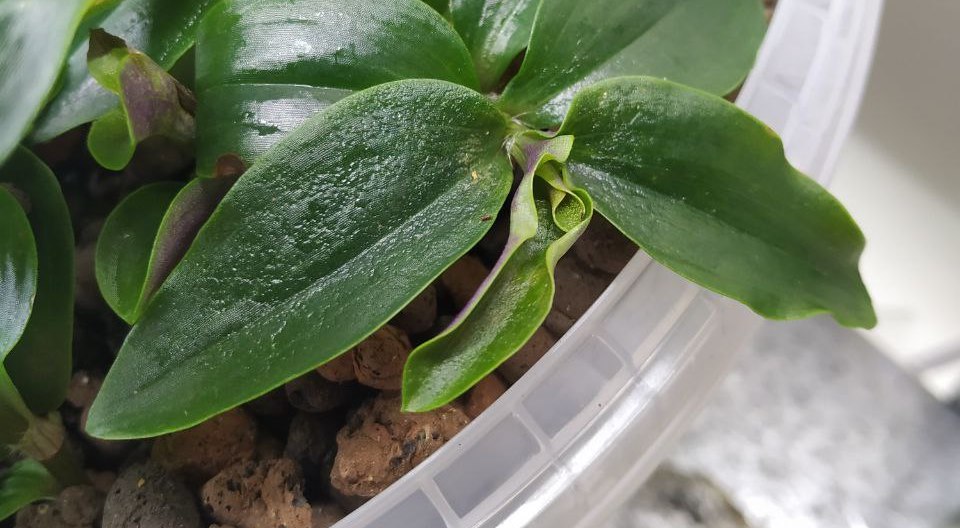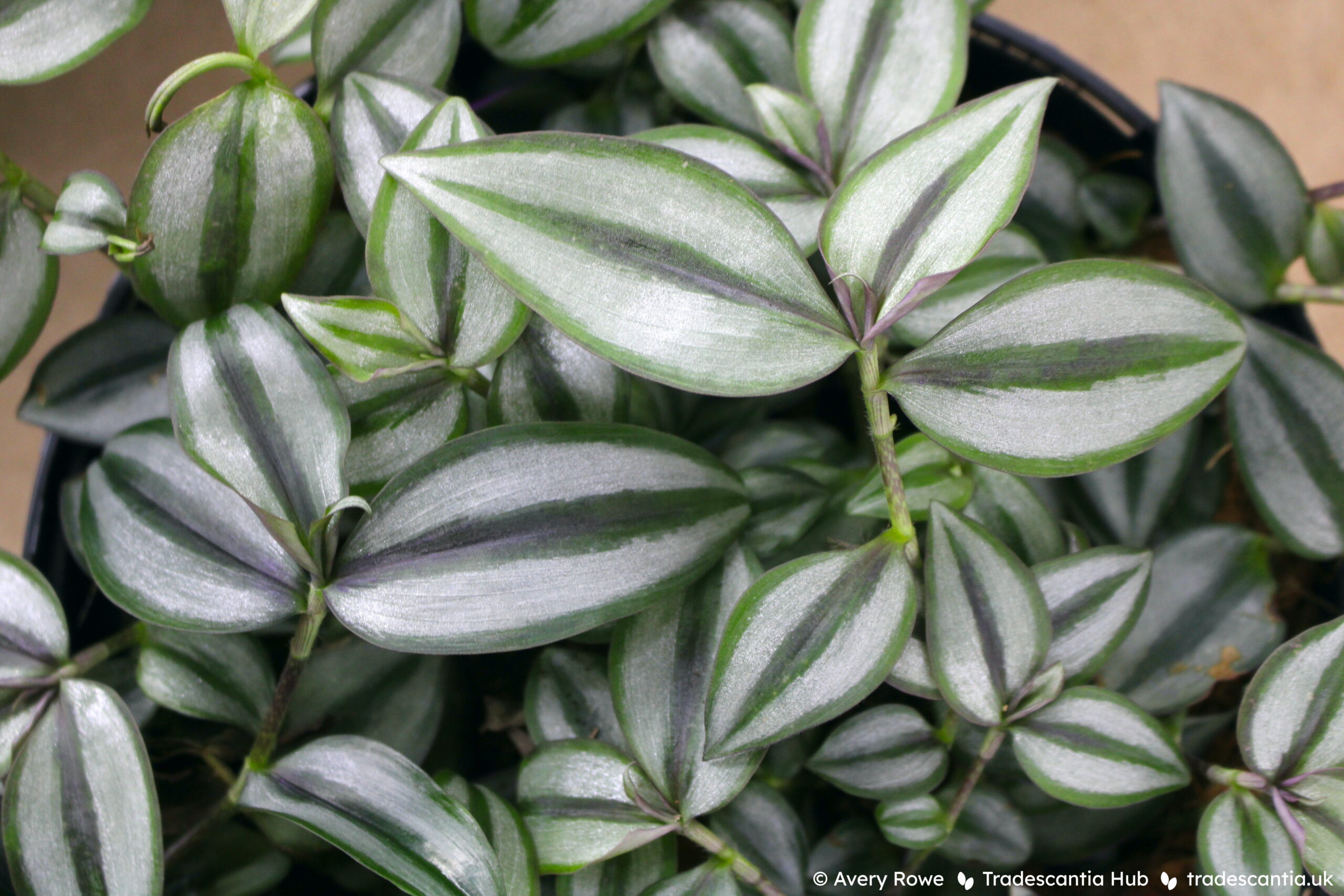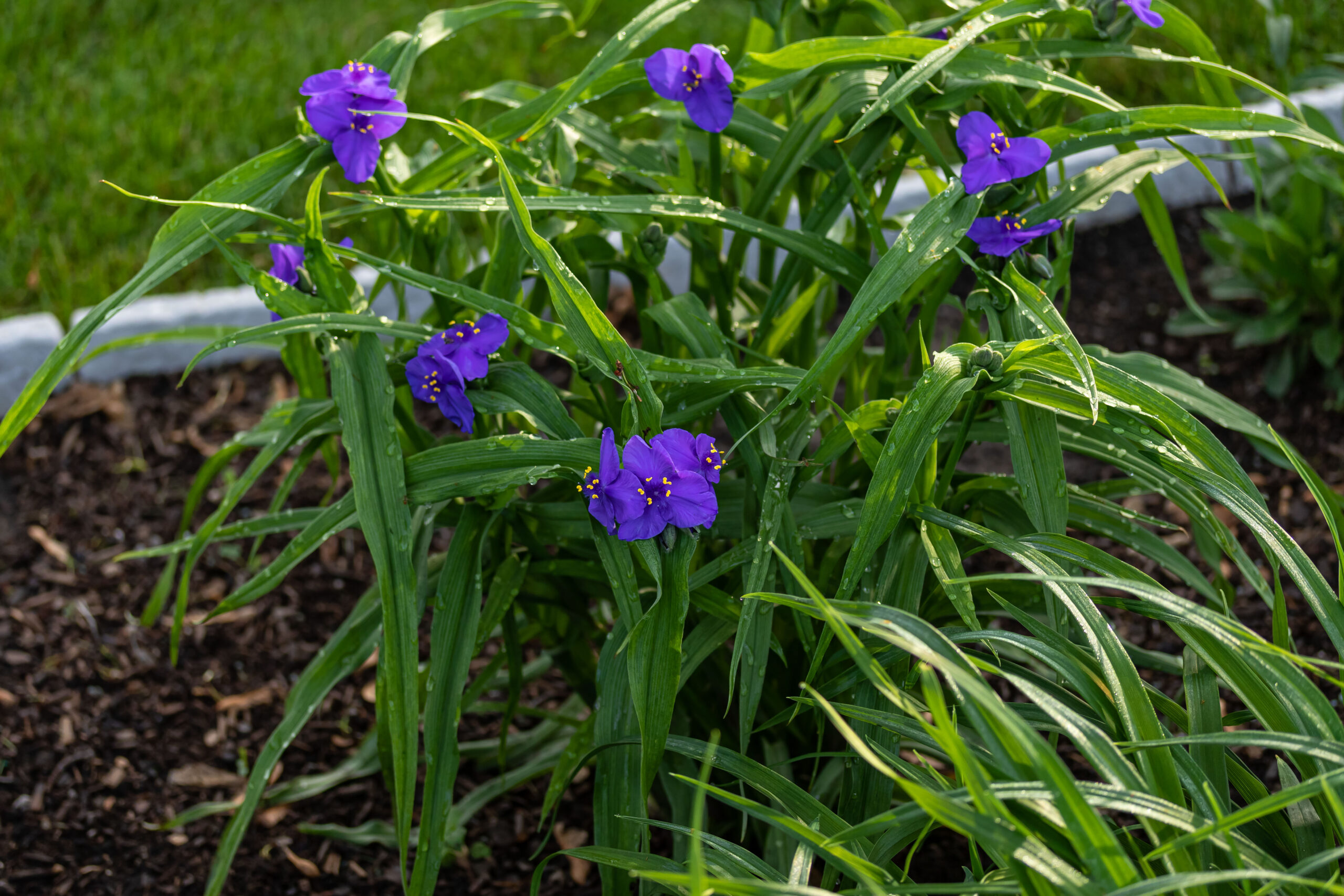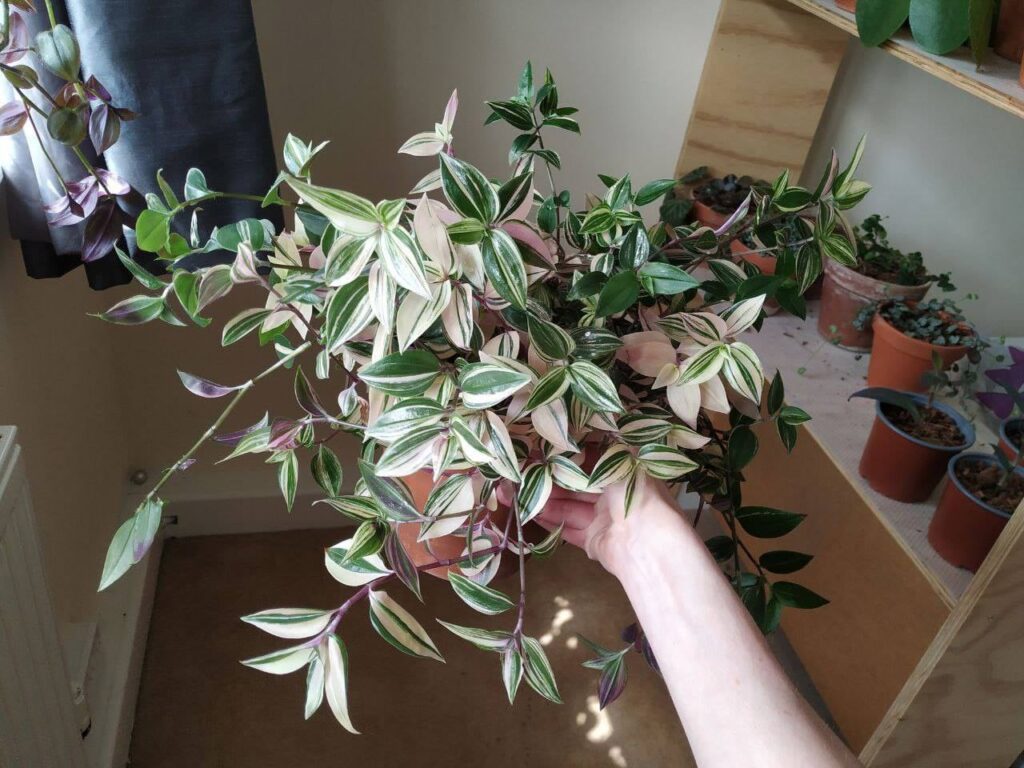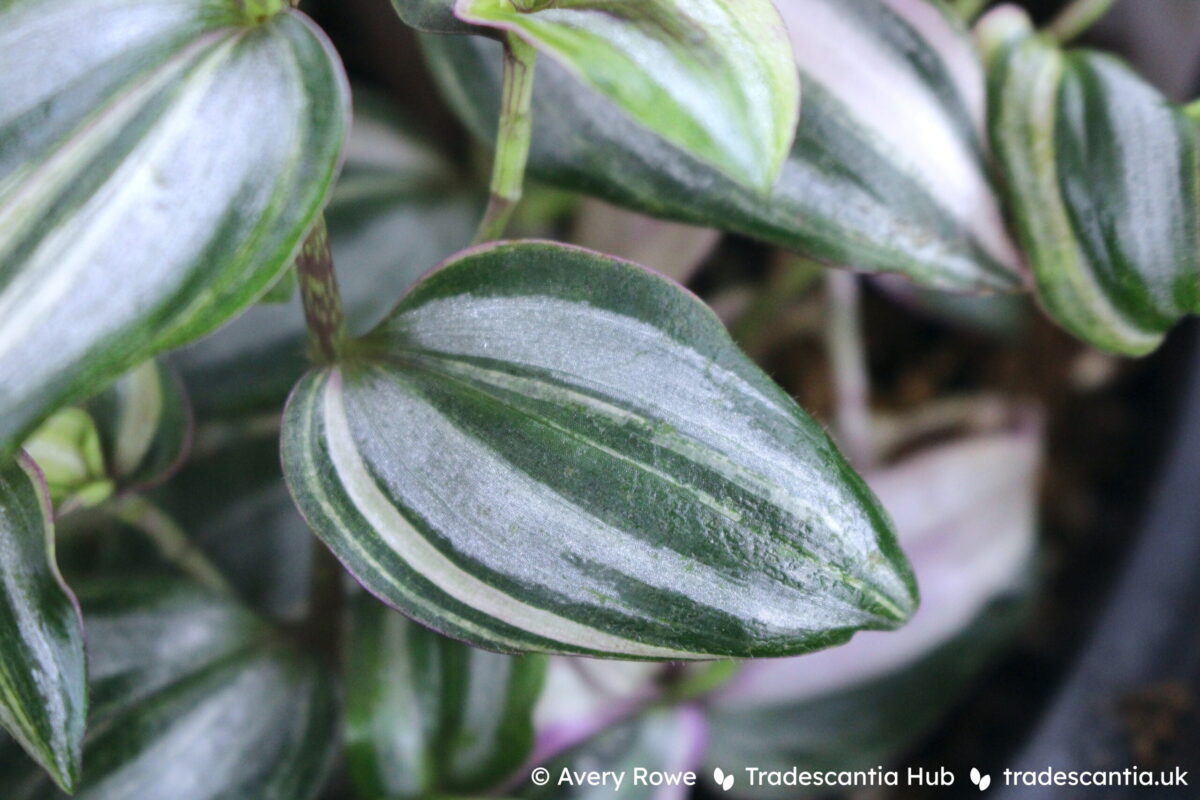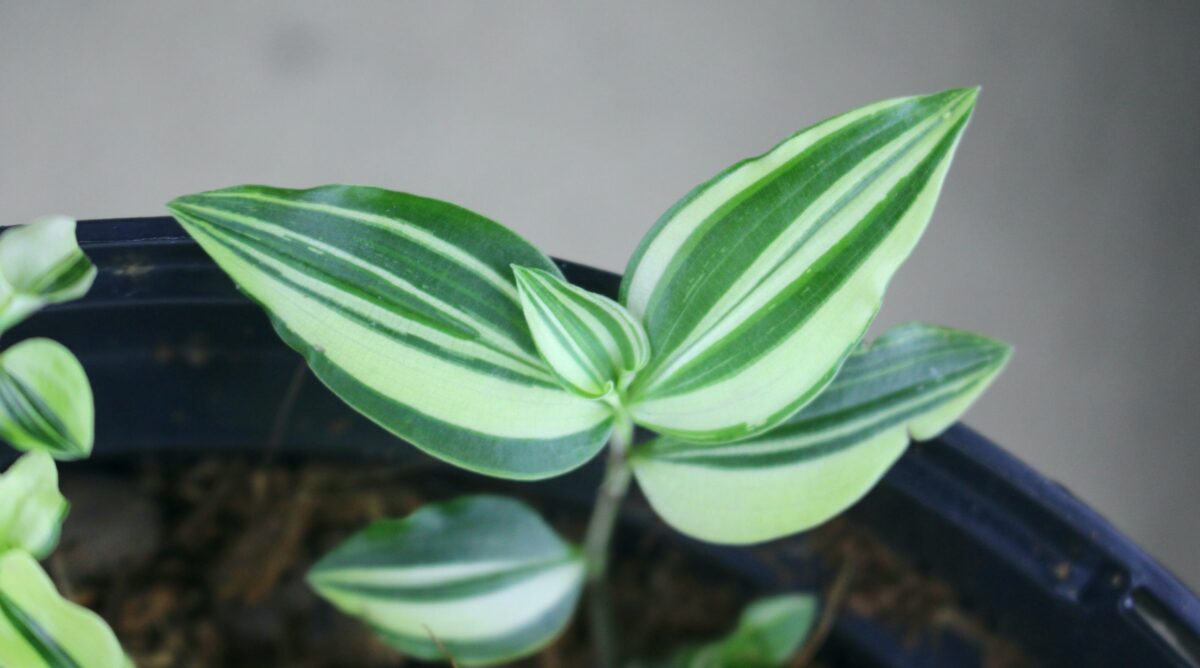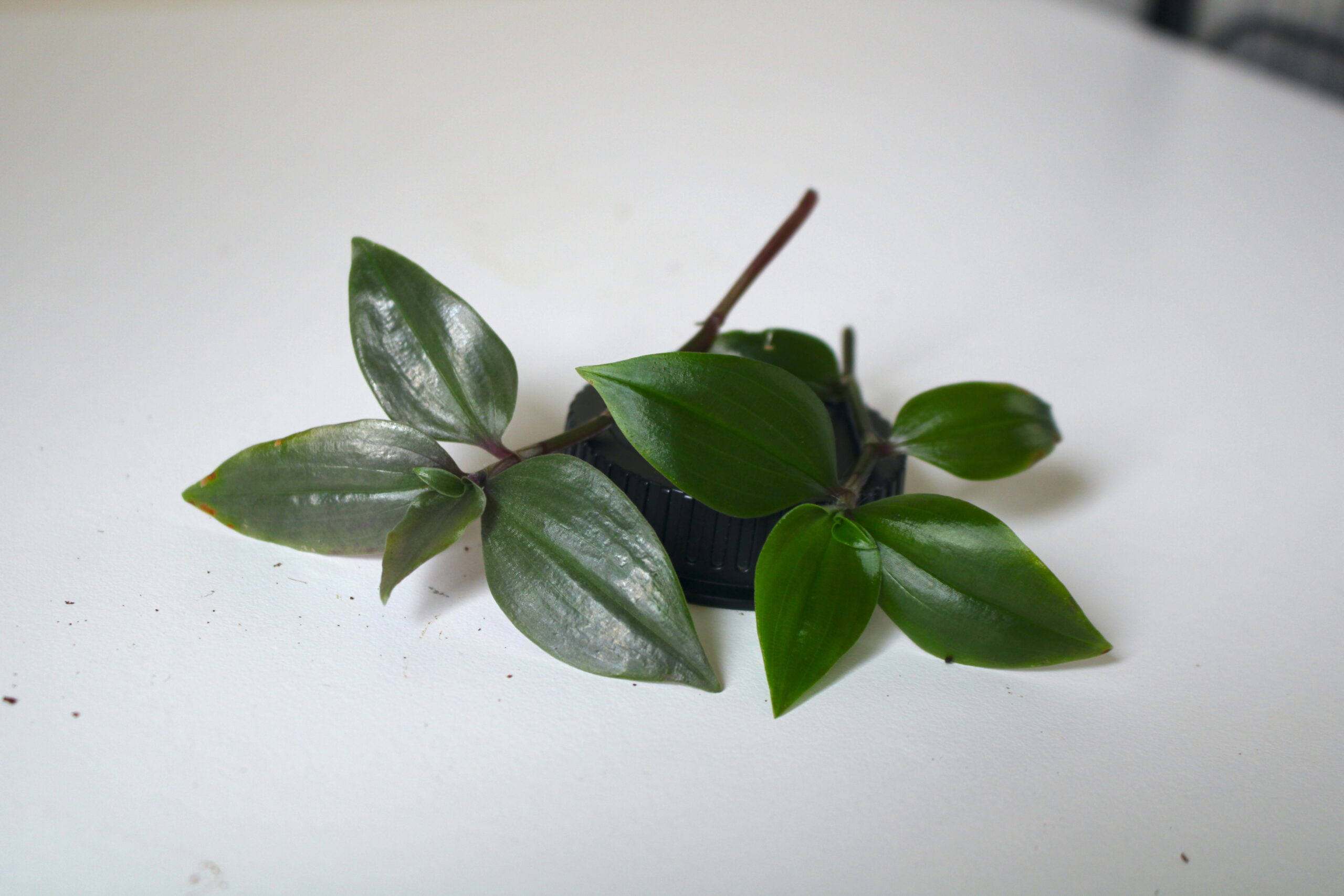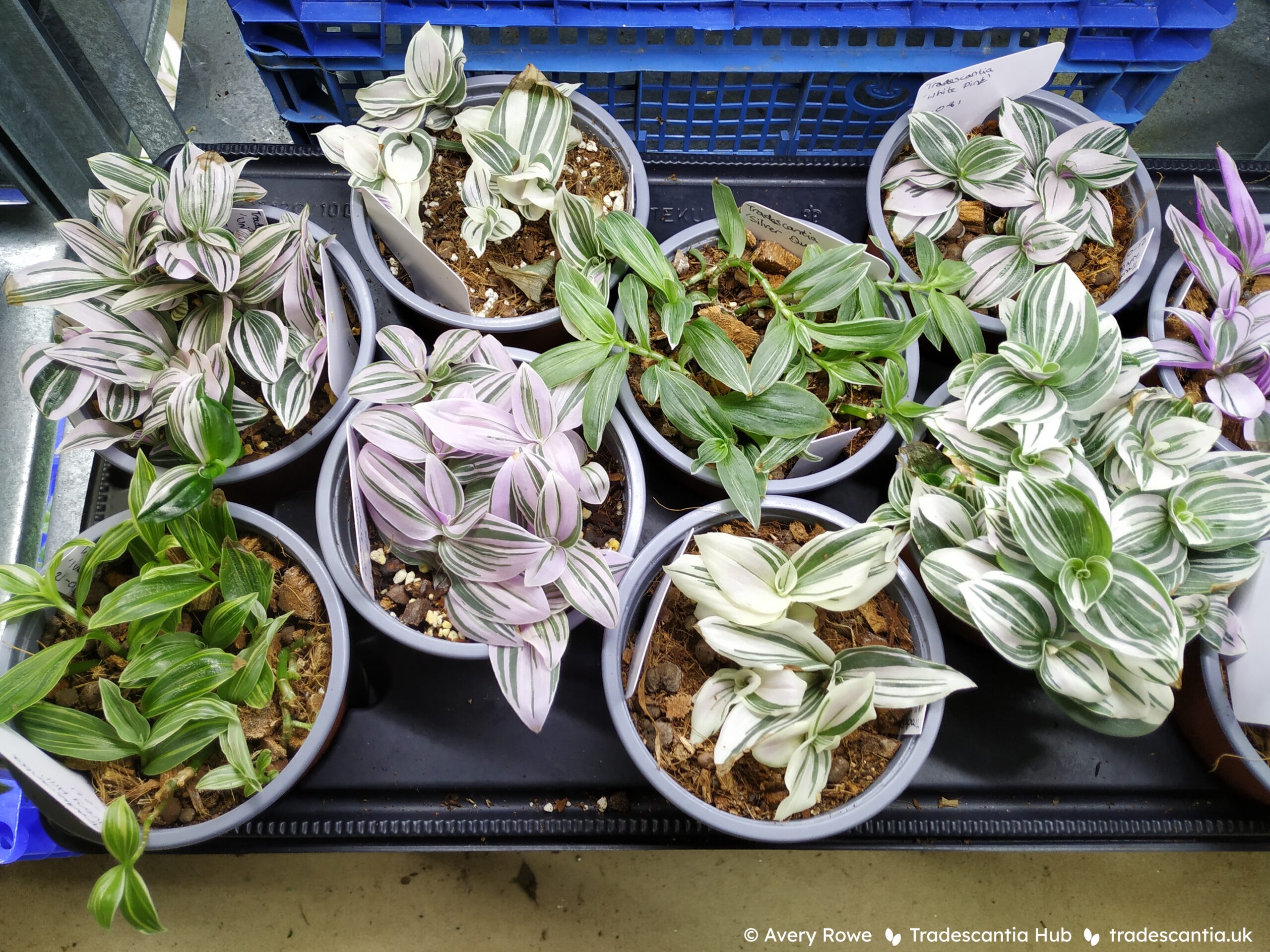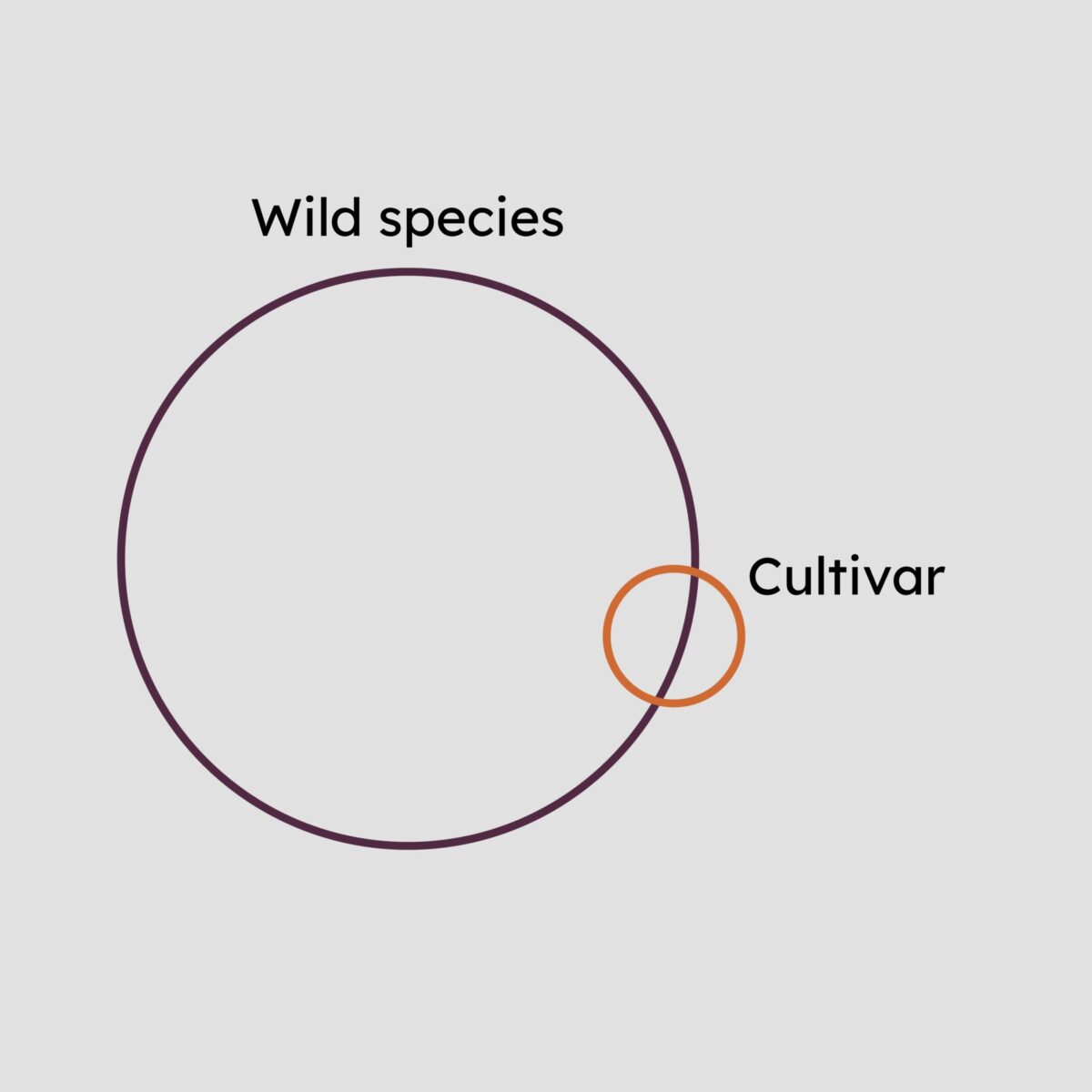Thrips are a common problem for Commelianceae houseplants. Learn some tips for spotting the earliest signs, and how to choose a treatment to tackle them.
Articles
There are a a lot of Tradescantia cultivars which circulate with no valid name. A handful of those actually did have valid names once, and those names have been discarded over the years.
The hardy Tradescantia hybrids are popular garden plants, but they have a history of confused identity. Where did it all go wrong?
This plant has had a LOT of names. And it turns out not one of them is correct. Find out why all those names are wrong, and which is right!
Find out how to distinguish between the three variegated cultivars of Tradescantia zebrina – ‘Quadricolor’, ‘Discolor Multicolor’, and ‘HappiLee’.
Find out how to distinguish between Tradescantia fluminensis ‘Variegata’ and ‘Yellow Hill’.
It turns out the mysterious “grey” cultivar of T. pallida that appeared in the last few years, has actually existed since 2003, and its name is ‘Shadow Hill’!
Tradescantias are semi-succulents, which means they’re much more tolerant of drought than a lot of plants. It also means that they’re a lot less obvious about it when they eventually do get thirsty. Growing tradescantias as houseplants is very different from having “drama queens” like coleus, nerve plants, and polka dot plants.
Throughout history this name has been used in many different ways. There’s a lot of confusion and uncertainty over what plants it really refers to, or whether it should be used at all. This article will explain some of the history, the ways it’s currently used, and what’s scientifically accepted today.
In the world of cultivated tradescantias, there are some plants which people refer to as “wild type”. This is a pretty ambiguous term that doesn’t do much to help identify plants – the best approach in these cases is to use cultivar names instead.

